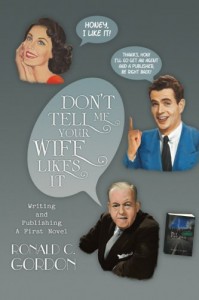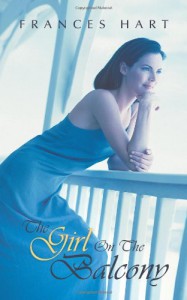
Who Made Who?
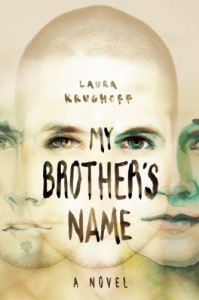
ForeWord Review — Fall 2013
Intriguing premise and deeply involved relationships between characters open a new perspective on self and gender identity.
In her first published novel, award-winning short story writer Laura Krughoff takes a risk by tackling some unusual material. My Brother’s Name is the mind-bending story of siblings so enmeshed in each other’s lives that their individual identities dissolve. They become two people living one life. From this intriguing premise, Krughoff creates a fascinating portrait of a family coping with mental illness and explores the outer limits of sisterly love.
Krughoff introduces Jane and John Fields as kids, establishing early the unswerving adoration of her older brother that leads Jane to follow his every move. She even becomes an accomplished drummer like John. If their sibling relationship is a little more intense than most, Krughoff doesn’t make it seem pathological. Overall, it’s a normal childhood, with school, music lessons, caring parents, and friends. When John goes away to college, however, he suffers a psychotic break, and none of the treatments for his newly diagnosed schizophrenia really works.
Enter sister-as-savior, who hauls her confused brother off to the city to free him of the pressures and expectations of the past. This is where things start to get seriously weird. John can’t leave the apartment, so Jane decides to go out and have a life for him—as him. Readers will likely balk at the improbable solution at first. How is this girl going to pass as a man? How will it really help John if his sister comes home to report on what “he” has been doing all day? And what becomes of Jane herself?
Krughoff demonstrates her writing talent in these middle chapters, as she draws readers into the strange scenario by making it seem not-so-strange at all. Jane gets a job in a music store, and Krughoff supplies realistic, everyday details of her workday and the cityscape around her. As her boss, customers, and other musicians unquestioningly accept her identity as John, the reader is drawn in as well. The facade gets a little easier to believe with each passing page, each realistic exchange of dialogue, and each relationship developed.
These moments introduce the larger themes explored in Krughoff’s work: the myriad ways identity is formed and the negotiation of boundaries between one person and the next. Do you get to decide who you are? Do others?
Krughoff doesn’t provide neat answers to these questions, but by deeply involving the reader in Jane and John’s lives, she provides much food for thought. Jane’s transformation into John—evocatively illustrated in stunning cover art by Anders Hanson—is so complete that readers will be torn between wanting her to reveal her true identity and hoping she gets away with the ruse somehow.
My Brother’s Name plays with our usual expectations and opens up a new perspective on self and gender identity.



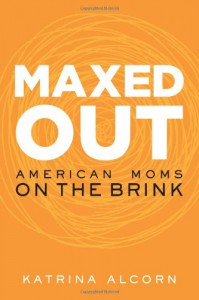
 1
1
 1
1







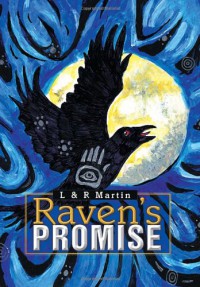
 2
2

